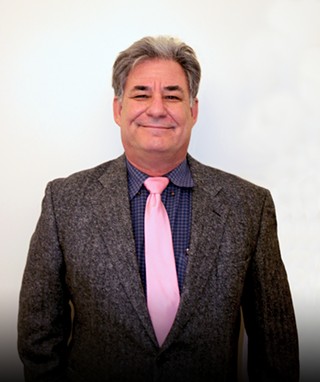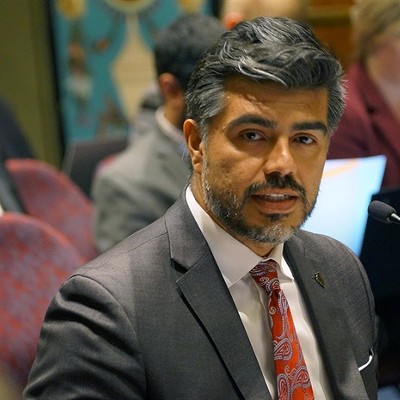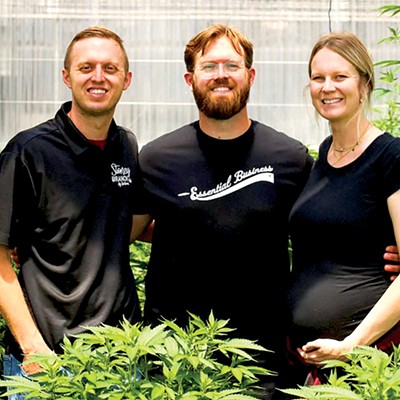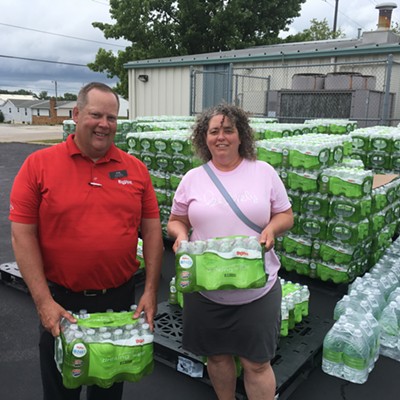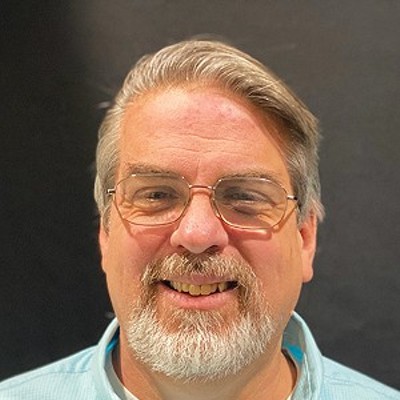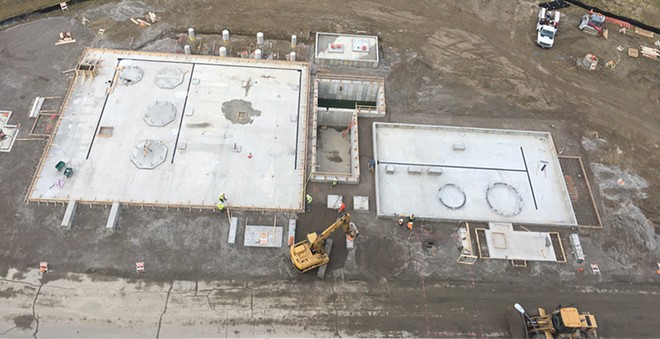
Construction crews have been working through winter weather on a new $67 million project on the site of the Dallman power generating station on the north end of Lake Springfield. City Water, Light and Power broke ground Dec. 8, 2022 on a carbon capture system funded by the U.S. Department of Energy and the state of Illinois, and managed in collaboration with the Prairie Research Institute (PRI) at the University of Illinois Urbana-Champaign.
The project is a public-private partnership using technology developed by Linde Gas North America and BASF. The carbon capture technology is expected to remove about 95% of the carbon emissions currently produced by the coal-fired plant. It could also be applied to gas- and oil-powered plants. The pilot program is the last phase of testing before the technology is to be made generally available around the world.
Even at a time when the state of Illinois is committed to electric generation using renewable energy sources like wind and solar, CWLP engineers recognize that some electricity producers will be obliged to burn coal for a while, so it makes sense to invest in technologies to make it cleaner. "We have to recognize that no matter how much we want to wean ourselves from fossil fuels, we are going to rely upon them to some degree until cleaner technologies are available at scale," said CWLP Chief Utility Engineer Doug Brown.
CWLP beat out about 30 other applicants in the competition for the pilot project because of the performance and reputation of Dallman 4. In fact, this is not the first time that Dallman 4 has been recognized by the industry. The year it was bult, 2009, two trade publications presented it with their highest awards – Plant of the Year, and Best Coal-Fired Project – while Midwest Construction magazine recognized it as one of the top five project completions for 2009.
In awarding Dallman 4 Plant of the Year in 2009, Power magazine noted that CWLP negotiated an agreement with the Sierra Club before the plant – at $515 million the largest ever for the city of Springfield – was given its operating permit. It was, according to the judges, the first time that a utility in the United States agreed to comply with the standards of the Kyoto Protocol for emissions. Part of that agreement included quadrupling its purchase of electricity from renewable sources like wind and solar.
Anyone who lives in Springfield has seen the plant along the curve on Interstate 72/55, with its enormous profile of Lincoln and an invitation to visit the town. But it is hard to imagine the scale of the facility without seeing it up close. The chimney is 440 feet tall and required a continuous concrete pour of 28 days, 24 hours a day, to complete. The boilers are 18 stories tall, and expand a full 12 inches in length when hot.
In addition to the prestige of having world-class technology installed for the first time in Springfield, the carbon capture project is an economic boost for the community. According to a CWLP press release, PRI estimates that the pilot program at Dallman 4 "will have a regional economic impact of $47.1 million and will generate tax revenue of $5.6 million."
Once the carbon is captured, the Illinois Sustainable Technology Center at the University of Illinois will partner with CWLP to find ways that the material extracted from flue gas can be reused or recycled. For instance, experiments are already planned for using the fly ash in the manufacture of plastics and using the carbon dioxide to feed algae while heat from the gases can be used to keep the algae ponds warm during Illinois winters.
The construction phase of the project is expected to be complete sometime in 2024, then the testing of the carbon capture technology will last for two years, allowing it to come to market in 2026 at the earliest.
Don Howard is an intern at the Illinois Times while completing his master's degree in Public Affairs Reporting at the University of Illinois Springfield. He can be reached at [email protected] or 336.455.6966.

